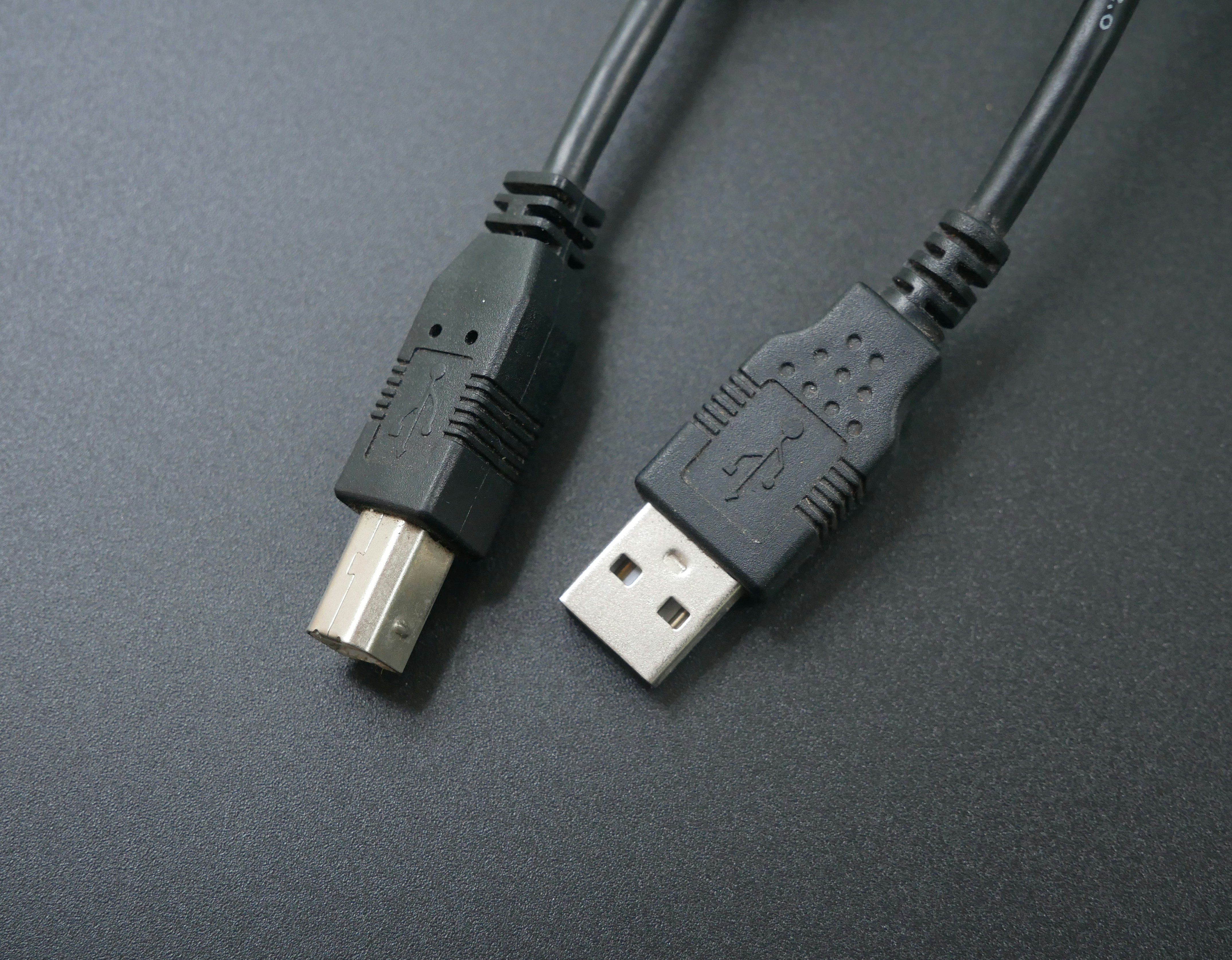
In today’s tech-savvy world, a dependable USB data cable is as essential as your smartphone or laptop. Whether you’re transferring files or charging devices, the right cable can make all the difference. Yet, with so many options available, it can be overwhelming to choose one that meets your specific needs. Do you need speed? Durability? Compatibility? Understanding these factors can help you find the perfect match for your devices and lifestyle. Let’s dive into how to navigate the vast landscape of USB data cables and ensure you’re equipped with exactly what you need!
Understanding the Different Types of USB Cables
USB cables come in various types, each designed for specific purposes. The most common is the USB-A, which you’ll find on laptops and chargers. It’s typically used for connecting devices to power sources.
Then there’s USB-B, often seen with printers and external hard drives. This type allows data transfer between devices usb to micro data cable that receive power.
The rise of USB-C has changed the game entirely. Known for its reversible design, it supports faster charging and data transfer speeds. Many modern smartphones and laptops now utilize this type due to its versatility.
Additionally, don’t overlook Micro-USB cables; they were standard for many mobile devices before the advent of USB-C. They still have a place in older gadgets but are gradually being phased out.
Understanding these differences helps ensure you select a cable that fits your device needs perfectly every time.
Factors to Consider When Choosing a USB Data Cable

When selecting a USB data cable, compatibility is key. Check the devices you plan to connect. Different devices require specific types of connectors, such as USB-A, USB-C, or Micro-USB.
Next up is charging speed. If you need fast charging capabilities, look for cables that support higher wattage ratings. Not all cables offer the same power delivery options.
Length matters too. Consider where you’ll be using your cable. A longer cable gives flexibility in positioning but may lead to slower data transfer rates.
Don’t overlook durability. Look for reinforced connections and high-quality materials that resist wear and tear over time. This investment pays off in longevity and performance satisfaction when transferring files or powering up devices effortlessly.
The Importance of Quality in Choosing a USB Data Cable
When it comes to USB data cables, quality matters. A poorly made cable can lead to frustrating experiences like slow charging and data transfer errors.
High-quality materials ensure durability and reliability. Cheaper cables often use subpar plastics or connectors that wear out quickly, leaving you with a useless accessory.
Moreover, investing in a good cable protects your devices. Inferior options can cause electrical issues that potentially damage both the cable and the connected gadgets.
Compatibility is another crucial factor. Quality brands typically adhere to standards better, ensuring seamless connections across different devices.
Consider safety features found in premium cables. They are designed to prevent overheating and short circuits, giving you peace of mind when charging or transferring data.
Tips for Maintaining and Extending the Life of Your USB Data Cable

To keep your USB data cable in great shape, start by avoiding sharp bends and twists. These can cause internal damage over time.
Store your cables properly when not in use. Instead of tossing them into a bag, consider using a cable organizer or simply coiling them loosely to prevent kinks.
Regularly inspect the connectors for any dirt or debris. A quick wipe with a soft cloth can help maintain optimal connectivity and performance.
When unplugging, grasp the connector rather than pulling on the cable itself. This simple action prevents fraying at both ends.
Avoid exposing your cables to extreme temperatures or moisture. Heat can degrade materials while humidity might lead to corrosion.
If you’re traveling often, invest in protective sleeves or cases designed specifically for USB data cables. They shield against accidental damage during transit and extend their lifespan significantly.
Benefits of Upgrading to a High-Quality USB Data Cable
Upgrading to a high-quality USB data cable can significantly enhance your device experience. These cables often offer faster charging and improved data transfer speeds, allowing you to sync files quickly.
Durability is another key benefit. High-quality cables are built with better materials, making them resistant to wear and tear. This means fewer replacements over time and less hassle in finding a suitable replacement when your old one breaks.
Moreover, premium cables incorporate safety features designed to protect your devices from power surges or overheating issues. You get peace of mind knowing that your gadgets are safeguarded.
Additionally, investing in a reliable USB data cable ensures compatibility with various devices. Whether it’s smartphones, tablets or peripherals like printers, a quality cable provides consistent performance across all platforms without any connectivity hiccups.
Common Misconceptions about USB Data Cables
Many people believe that all USB data cables are created equal. This is far from the truth. Different types of USB cables serve various purposes, and using the wrong one can lead to inefficiency or even damage your devices.
Another misconception is that a longer cable always means slower data transfer speeds. While length can impact performance, quality and construction play a more significant role in determining speed.
Some users think that higher price tags fashion guarantee better performance. However, it’s essential to consider brand reputation and user reviews alongside cost to find true value.
Many assume that any charging cable will suffice for data transfer needs. Charging cables often lack the necessary wiring for high-speed data transmission, leading to frustration when syncing files or backing up devices.
Conclusion
Choosing the right USB data cable can significantly impact your device’s performance and longevity. By understanding the different types available, you can select one that meets your specific needs—whether it’s for charging, data transfer, or both.
Consider factors like compatibility with devices and desired transfer speed when making your choice. Quality matters too; a well-made cable will last longer and perform better than cheaper alternatives.
Taking care of your USB data cable is essential for ensuring its durability. Simple practices such as avoiding excessive bending and storing it properly can extend its life considerably.
Upgrading to a high-quality option not only enhances functionality but also provides peace of mind knowing you’re using a reliable product. Don’t fall for common misconceptions about USB cables; being informed will help you make smarter choices.
With all this in mind, investing time into selecting the right USB data cable pays off in numerous ways—efficiency, reliability, and overall satisfaction with how your devices connect and interact every day.



